This article was co-authored by Erica Docimo, L.Ac., Dipl. O.M.. Erica Docimo is a California and National Certification Commission for Acupuncture and Oriental Medicine (NCCAOM) Licensed Acupuncturist, Herbalist, and the Owner of Mind and Body Acupuncture, a holistic healthcare and lifestyle studio based in Los Angeles, California. With over 15 years of experience, she specializes in Acupuncture, Herbal Prescriptions, and Eastern and Western Nutrition. Erica holds a Masters of Chinese Medicine from The Emperor’s College with a focus on Women’s Health. She also received training at The Academy of Orthopedic Acupuncture (AOA) to become certified in pain reflex-release technique and manual nerve blocking.
There are 7 references cited in this article, which can be found at the bottom of the page.
This article has been viewed 14,431 times.
A chamomile tincture is a concentrated herbal extract. Use this home remedy to help with sleep and stomach troubles, and to support the immune system. The tincture is quick and easy to make and takes 6 weeks to brew. Experiment with taking the tincture in different ways. Take the tincture in a tea or under your tongue if you don’t enjoy the taste.
Steps
Combining the Ingredients
-
1Buy quality alcohol that is 80 proof. You can use any high quality alcohol to make a tincture. Vodka is an ideal choice as it is colorless, odorless, and relatively flavorless. You can use brandy, rum, or whiskey instead, but note that these tend to have strong flavors. Make sure that your alcohol is at least 40% pure alcohol. This prevents the chamomile from mildewing over time.[1]
- If you prefer to not consume alcohol, use vegetable glycerin instead.[2]
- Don’t use isopropyl alcohol as this not safe for consumption.
-
2Find a clean airtight jar to make and store the tincture in. Avoid using containers that are made from metal or plastic as these leach chemicals into the tincture. The size of the jar will determine the amount of tincture you make. If you only want to make a small tincture, use a small jar.
- Glass mason jars are a good and inexpensive option.[3]
Advertisement -
3Pack the jar ⅔ fill with fresh organic chamomile. Pour the chamomile into the jar and press it down. Keep adding chamomile until the jar is about ⅔ fill. If you prefer a strong tasting tincture, fill the jar to ¾.
- You can substitute the fresh chamomile with dried chamomile. If you use decide to use dried chamomile, only half fill the jar.[4]
-
4Fill the jar with alcohol. Pour the 80 proof alcohol over the herbs. Fill the jar right to the top and fasten the lid tightly. The alcohol will extract the nutritional properties of the herbs over time, making a concentrated health supplement.[5]
Brewing the Tincture
-
1Store the tincture in a cool, dry cupboard for 6 weeks. Make sure that the lid is tightly screwed on before placing the jar into the cupboard. Choose a cupboard that doesn’t receive much light or warmth.
- Avoid using the hot water cupboard.[6]
-
2Shake the jar twice a week and check that the alcohol covers the herbs. Lightly shake the container a few times a week to help the chamomile move around. If you notice that some of the alcohol has evaporated leaving exposed chamomile, pour in enough alcohol to cover all the chamomile.
- Screw the lid on tightly before putting the jar back into the cupboard.[7]
-
3Strain the tincture through a muslin cloth and strainer into a dark glass jar. Rest a fine-mesh strainer over a clean glass jar. Place a single layer of muslin cloth over the strainer. Slowly pour the tincture onto the cloth. Wait for all the liquid to soak through the cloth into the jar, this may take up to 10 minutes.
- Compost the soaked chamomile leaves or dispose of them in the trash.[8]
- Choose a dark glass jar to store the finished tincture in. Use a jar with a dropper attached to the lid for easy administering, or use a regular dark glass jar and use your own dropper.
-
4Label the jar with the date and name of the tincture. Use a permanent marker to clearly label the tincture. You could also include other details, such as the type of alcohol used and whether the chamomile was fresh or dried. This will help you to be able to evaluate your tincture later and guide you if you decide to alter the recipe.[9]
-
5Store your tincture in cool dark place for 2 years. Keep your tincture away from sunlight and heat. Make sure that the lid is screwed on tightly after each use, as this will extend the life of the tincture.[10]
Taking the Tincture
-
1Consult the doctor before giving a tincture to children or the very sick. Tinctures are a fantastic health aid, but should not replace medical health-care. Ask your doctor for the appropriate dosage for the age and weight of your child.
- If you are very unwell, visit a doctor to seek their advice for additional treatment options.[11]
-
2Take a teaspoon (5 mL) of the tincture before bed to promote relaxation. Take the tincture 1 hour before you plan to go to sleep. The relaxing properties in camomile can help aid sleep . Make sure you use a clean spoon so that the tincture doesn’t get contaminated.[12]
-
3Take 1 teaspoon (5 mL) every hour until the ailment disappears. Tinctures are good for a variety of ailments, such as stomach aches, anxiety and colds. If you are still feeling unwell after a few days, consult your doctor.[13]
- The amount of alcohol in 1 teaspoon (5 mL) of tincture isn’t enough to intoxicate someone as adults can process 1 standard drink per hour.
- Drink a glass of water afterwards if you don’t like the taste.
-
4Add 1 teaspoon (5 mL) of the tincture to a cup of hot water. If you find it difficult to take the tincture straight, try diluting it in hot water. This tastes similar to a regular chamomile tea and isn’t as strong.
- Add 1 teaspoon (7 grams) of honey to the glass if you find the chamomile tastes too strong.[14]
Things You’ll Need
- Organic chamomile
- 80 proof alcohol
- Fine-mesh strainer
- 2 glass jars
- Muslin cloth
References
- ↑ https://inhabitat.com/diy-how-to-make-your-own-herbal-tinctures/
- ↑ https://youtu.be/Hm3mloDl7cA?t=69
- ↑ https://www.marysheirloomseeds.com/blogs/news/82043457-diy-organic-chamomile-tincture
- ↑ https://inhabitat.com/diy-how-to-make-your-own-herbal-tinctures/
- ↑ https://inhabitat.com/diy-how-to-make-your-own-herbal-tinctures/
- ↑ https://inhabitat.com/diy-how-to-make-your-own-herbal-tinctures/
- ↑ https://inhabitat.com/diy-how-to-make-your-own-herbal-tinctures/
- ↑ https://inhabitat.com/diy-how-to-make-your-own-herbal-tinctures/
- ↑ https://inhabitat.com/diy-how-to-make-your-own-herbal-tinctures/
- ↑ https://www.growingupherbal.com/using-herbs-herbal-tinctures-glycerites-and-vinegars/
- ↑ https://www.growingupherbal.com/using-herbs-herbal-tinctures-glycerites-and-vinegars
- ↑ https://youtu.be/Hm3mloDl7cA?t=204
- ↑ https://youtu.be/Hm3mloDl7cA?t=204
- ↑ https://herblore.com/overviews/childrens-dosage-guide
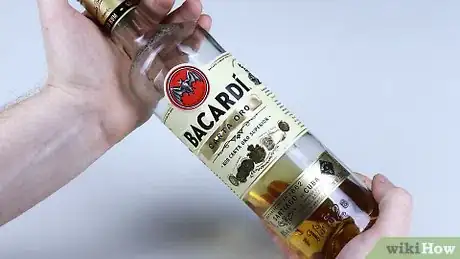
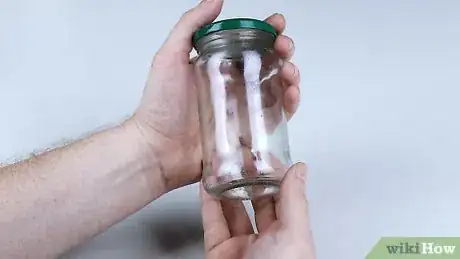
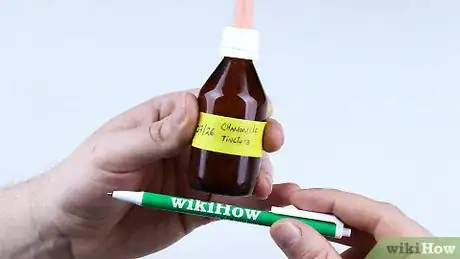


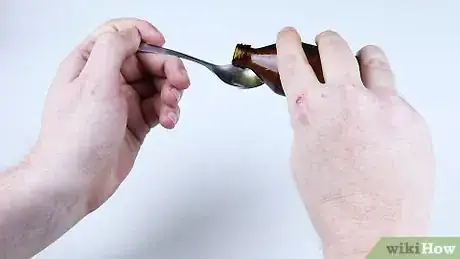
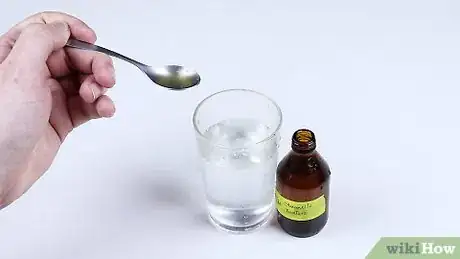









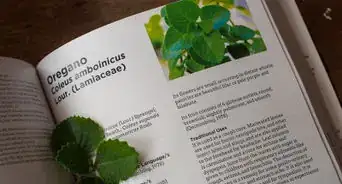
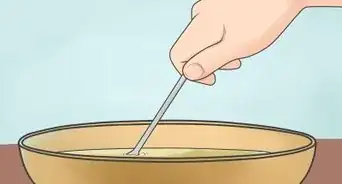
















































Medical Disclaimer
The content of this article is not intended to be a substitute for professional medical advice, examination, diagnosis, or treatment. You should always contact your doctor or other qualified healthcare professional before starting, changing, or stopping any kind of health treatment.
Read More...